Tech
Are you going to buy a new monitor? Then you really need to know this!

Buying a new monitor may seem like a simple task. However, it is more complicated than it seems. It’s not just about choosing the best screen size. There are many more factors to take into account so that no one regrets it. So let’s look at the most important specifications that you need to take into account when buying a new monitor.
Are you going to buy a new monitor? Then you really need to know this!
Resolution
Resolution refers to the number of pixels displayed on a screen and is often expressed in width by height (for example, 1920 x 1080). A higher resolution produces a sharper image, as it has more pixels in the same area of the screen. You can determine your monitor’s screen resolution using online tools or by checking your computer’s settings.
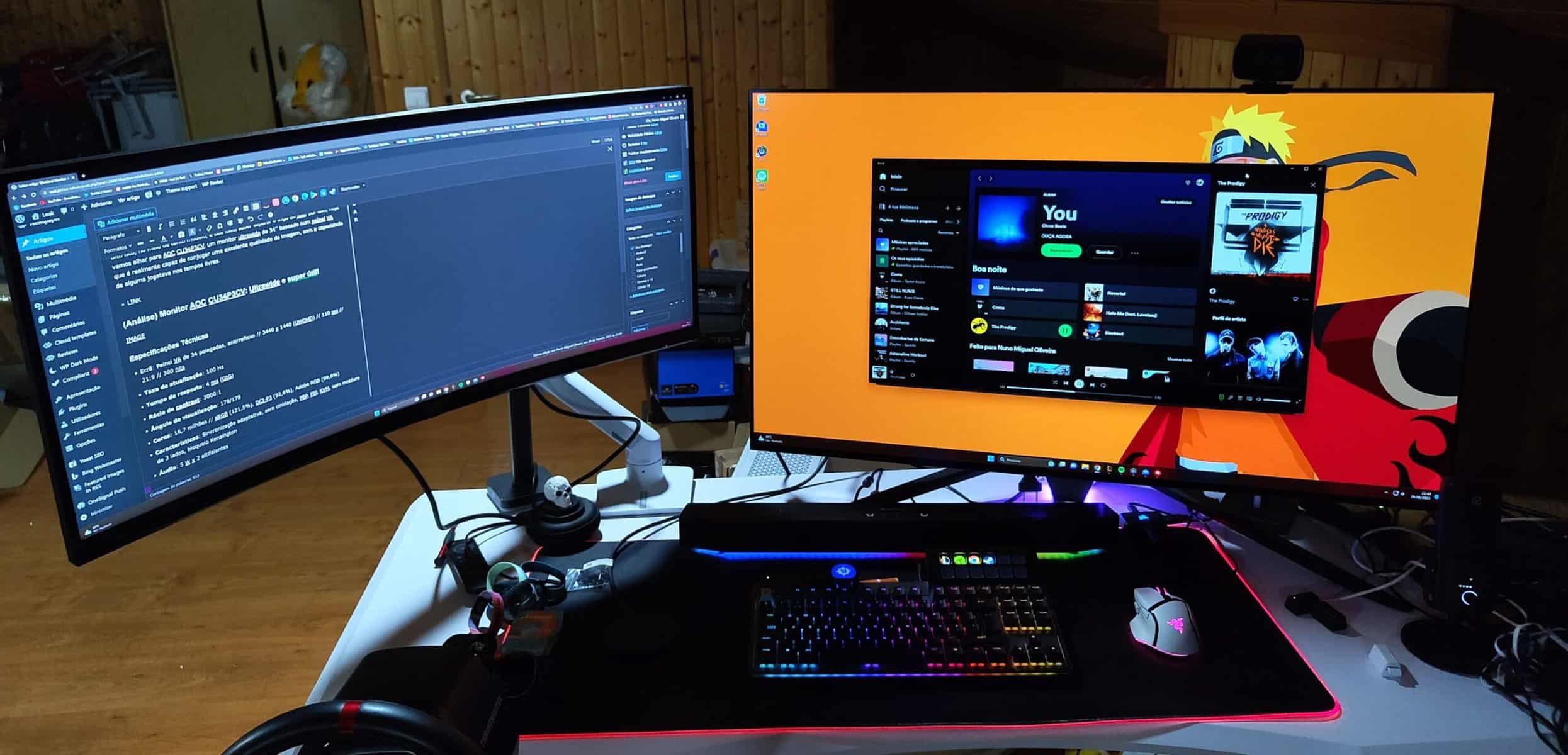
However, when choosing a monitor, take into account your main tasks and the amount of screen space needed. For example, a 4K resolution (3840 x 2160) is ideal for content creators or users who need to view detailed images, while a 1080p resolution (1920 x 1080) is suitable for everyday tasks and casual gaming.
Refresh Rate
A refresh rate is the number of times per second that a monitor updates its screen and is measured in Hertz (Hz). Higher refresh rates generally provide smoother motion and reduce screen tearing, which is especially important for gaming or video editing.
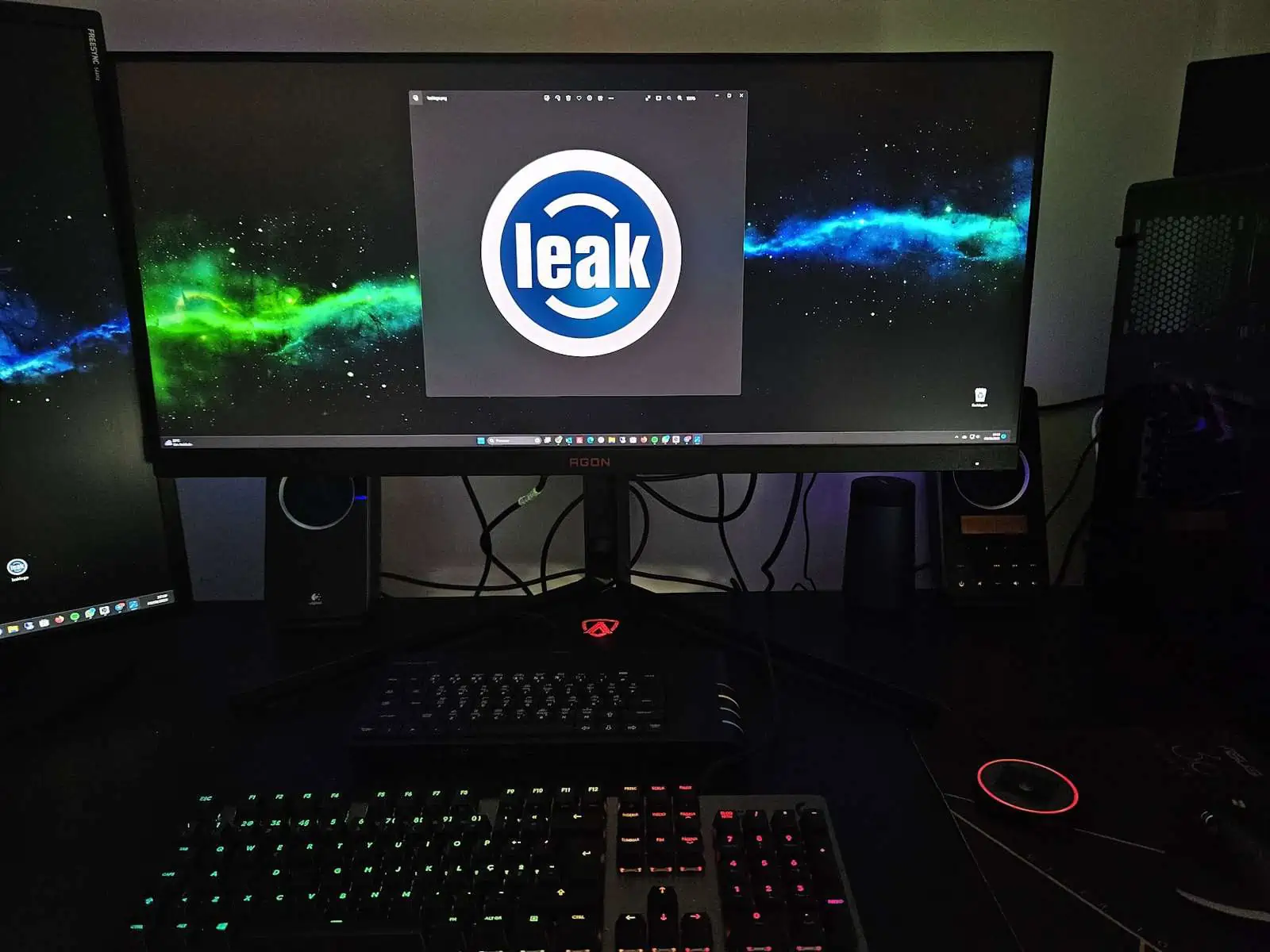
Regular monitors typically have a 60Hz refresh rate, while gaming monitors can go up to 240Hz or higher. Your computer’s graphics card also plays an important role in achieving higher refresh rates, so make sure it supports your desired refresh rate before upgrading your monitor.
Response time
O response time is the time it takes for a pixel to change from one color to another, usually measured in milliseconds (ms). Lower response times reduce ghosting and monitor blurring, crucial for fast-paced gaming or video playback.
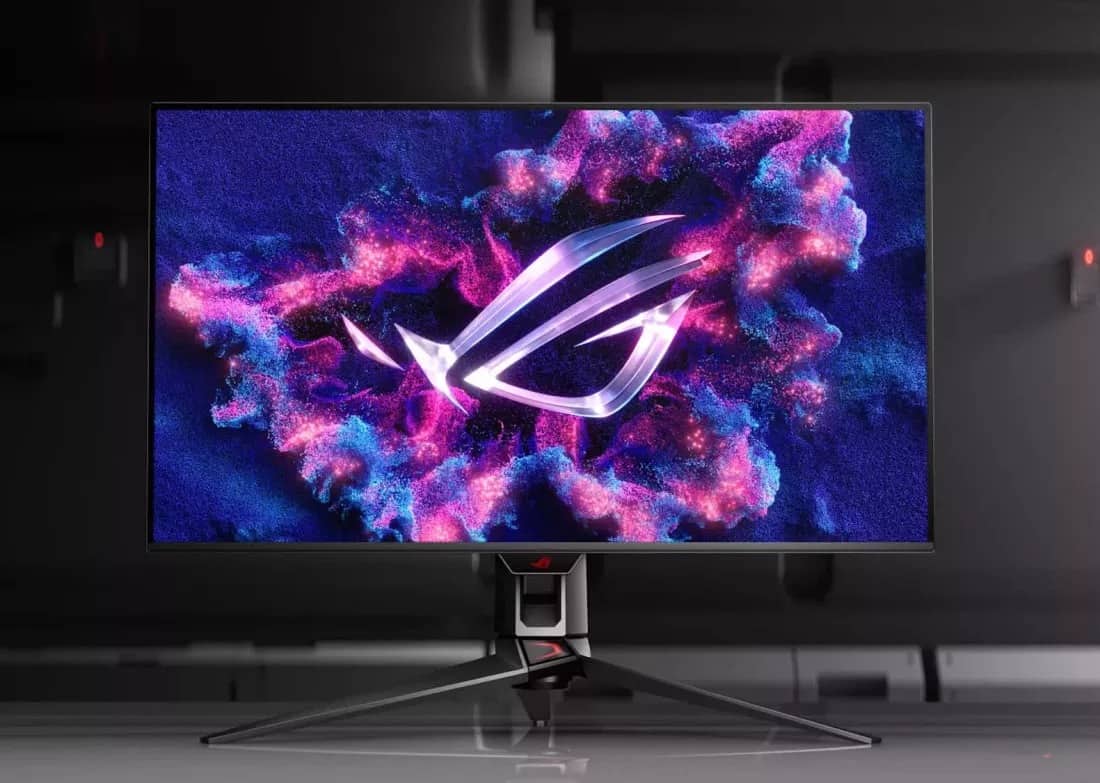
For general use, such as Internet browsing or office work, a response time of 5 ms may be sufficient. However, for gamers and other power users who demand the greatest image clarity, look for monitors with response times of 1 ms or less.
Contrast Ratio
Contrast ratio is the difference between the darkest and brightest colors a monitor can display. A higher contrast ratio produces more vivid and realistic images, improving the depth and detail of images.
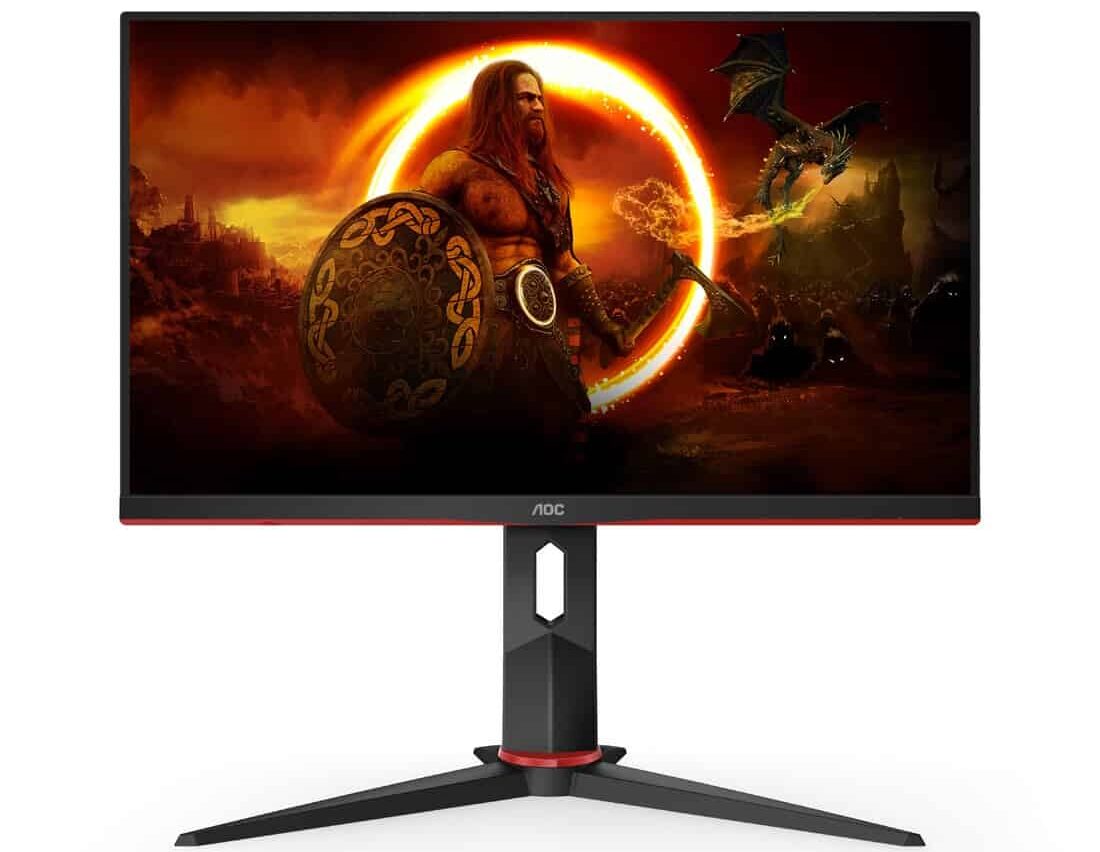
Although manufacturers often talk about high contrast ratios in their specifications, it is necessary to consider the “native” or “static” contrast ratio, a more accurate representation of a monitor’s performance. A native contrast ratio of 1000:1 is the norm for most monitors, while high-end monitors, especially those with VA panels, can have contrast ratios up to 3000:1 or more.
Types of panels
Three types of main panels are used in monitors: IPS (In-Plane Switching), TN (Twisted Nematic) and VA (Vertical Alignment). Each has strengths and weaknesses regarding color reproduction, viewing angles and response time.
IPS panels offer the best color accuracy and wide viewing angles, making them ideal for tasks that require accurate color representation, including graphic design or photo editing.
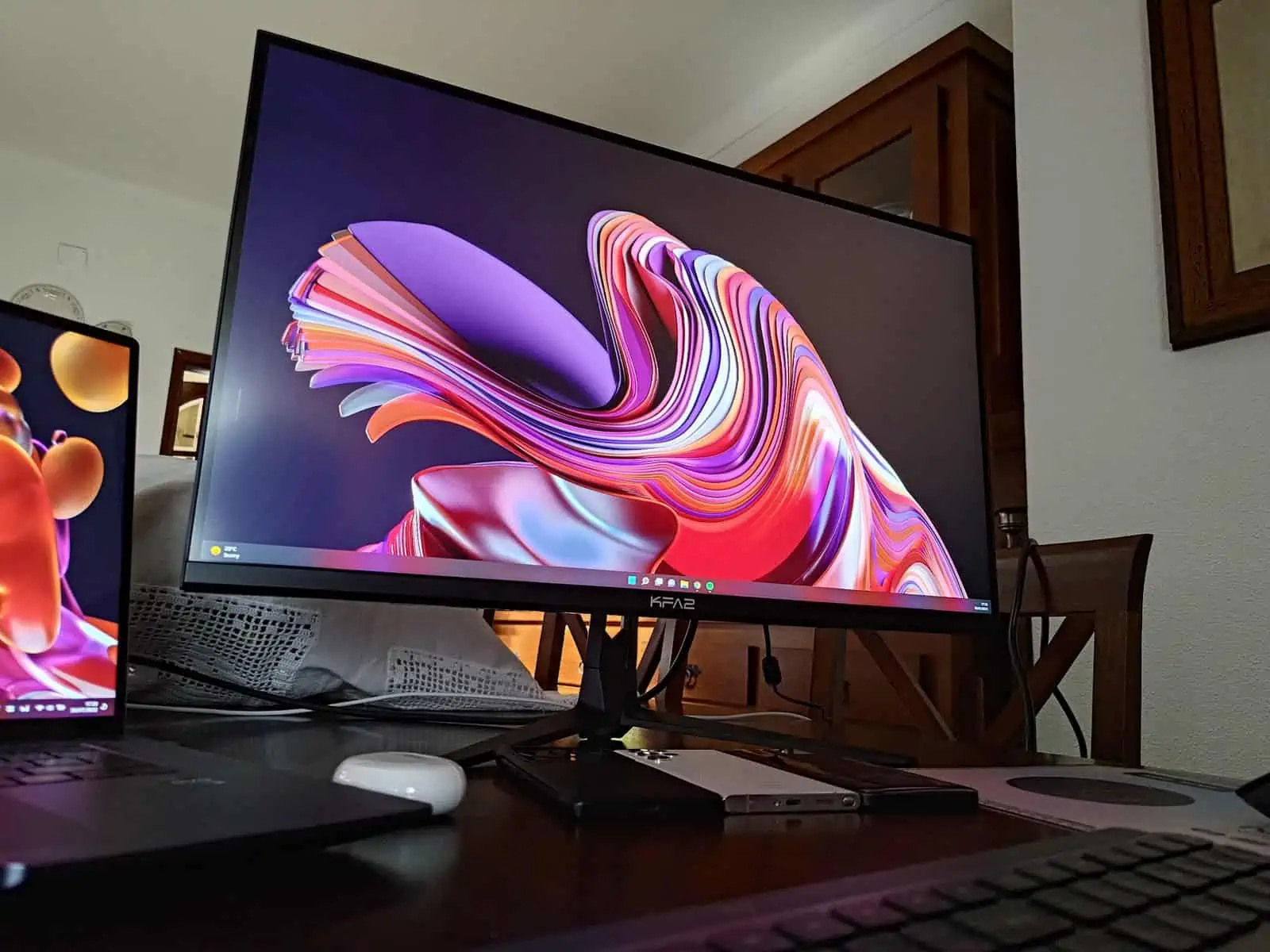
TN panels have the fastest response times and are popular with gamers. However, they suffer from poor color accuracy and narrow viewing angles.
VA panels strike a balance between IPS and TN panels, with better color reproduction and wider viewing angles than TN panels, but slower response times than IPS panels. Consider your primary use when choosing a panel type for your monitor.
range of colors
Color gamut is the range of colors that a monitor can display. A wider color gamut results in more accurate and vibrant color representation. The most common color gamut standards include sRGB, Adobe RGB, and DCI-P3.
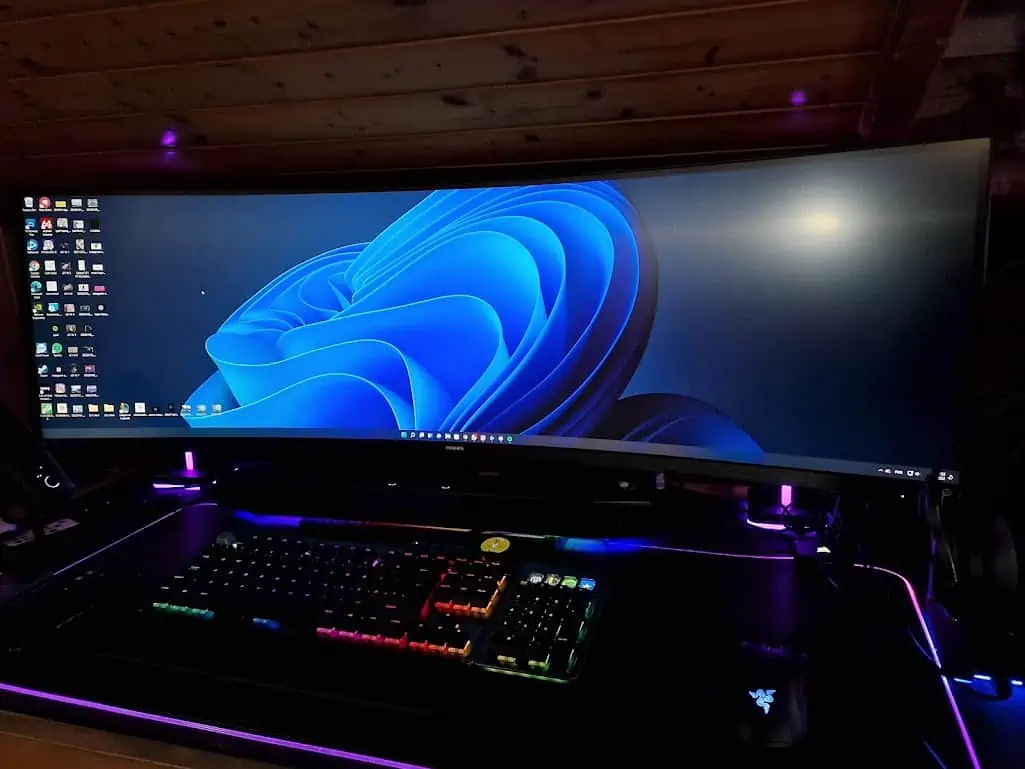
The default color space for most consumer displays is sRGB, which is suitable for general use. Adobe RGB and DCI-P3 are used for professional applications such as photography, video editing, and graphic design. If color accuracy is a priority, look for monitors that cover a high percentage of the relevant color space.
Viewing angles are also important if you are buying a new monitor
Viewing angles are the maximum angles at which a monitor image can be viewed without significant loss of color or contrast. Wider viewing angles ensure consistent image quality from various positions and are particularly important if multiple people are viewing the screen at the same time.
IPS panels generally have the widest viewing angles, followed by VA panels, while TN panels have the narrowest. When selecting a monitor, opt for one with viewing angles of at least 170 degrees horizontally and 160 degrees vertically to ensure a comfortable viewing experience.
Aspect ratio
Aspect ratio is the relationship between the width and height of a screen. Common aspect ratios include 16:9 (widescreen) and 4:3 (standard).

The 16:9 aspect ratio is the most popular in modern monitors as it provides a wide field of view. Therefore, it is suitable for playing games, watching movies and performing various tasks. Ultrawide monitors, with an aspect ratio of 21:9 or greater, offer even more screen real estate and can benefit productivity or immersive gaming experiences. When choosing a monitor, consider your workspace and the tasks you will be performing to determine the ideal aspect ratio.
PPI (Pixels Per Inch)
PPI, or pixels per inch, is the density of pixels on a screen, which determines the sharpness and clarity of the image. Higher PPI values create sharper images because more pixels are placed in one area of the screen.
To calculate PPI, divide the screen resolution by its diagonal size. While high PPI values can improve image quality, they can also require more powerful hardware to maintain good performance. A PPI between 90 and 120 is sufficient for most users, while creative professionals and enthusiasts can opt for monitors with higher PPI values.
HDR (High Dynamic Range)
High Dynamic Range (HDR) improves a monitor’s contrast, brightness, and color gamut, delivering more realistic, detailed images. HDR-capable displays can display a wider range of colors, deeper blacks, and brighter whites, resulting in a better visual experience.
HDR standards such as HDR10, HDR10+ and Dolby Vision offer varying levels of performance. When selecting an HDR monitor, make sure it is compatible with the devices and content you intend to use and that your computer hardware supports HDR output.
Now you know where to look if you are going to buy a new monitor.
-

 Business5 months ago
Business5 months agoThis big movie with Ana de Armas and Keanu Reeves comes to AMC this weekend
-

 Entertainment5 months ago
Entertainment5 months agoNew trailer for DLC Dragon Ball Z: Kakarot “Goku’s Next Journey”
-

 Tech1 month ago
Tech1 month agothesparkshop.in:product/wireless-earbuds-bluetooth-5-0-8d-stereo-sound-hi-fi
-

 Business5 months ago
Business5 months agoWhat should you know about patio homes for sale in Scottsdale?













